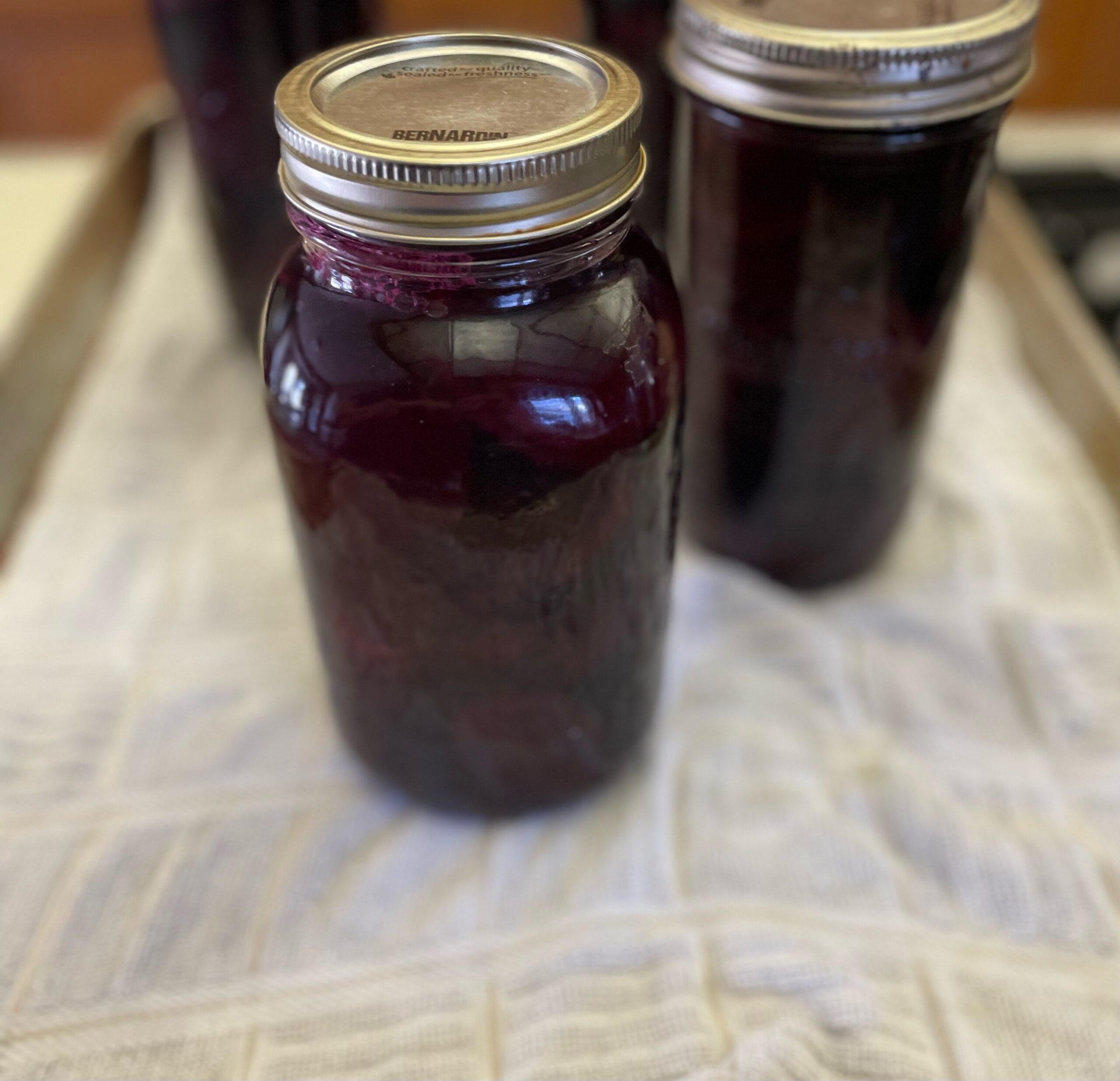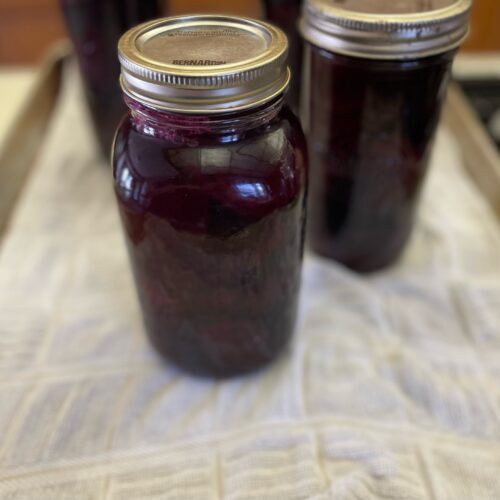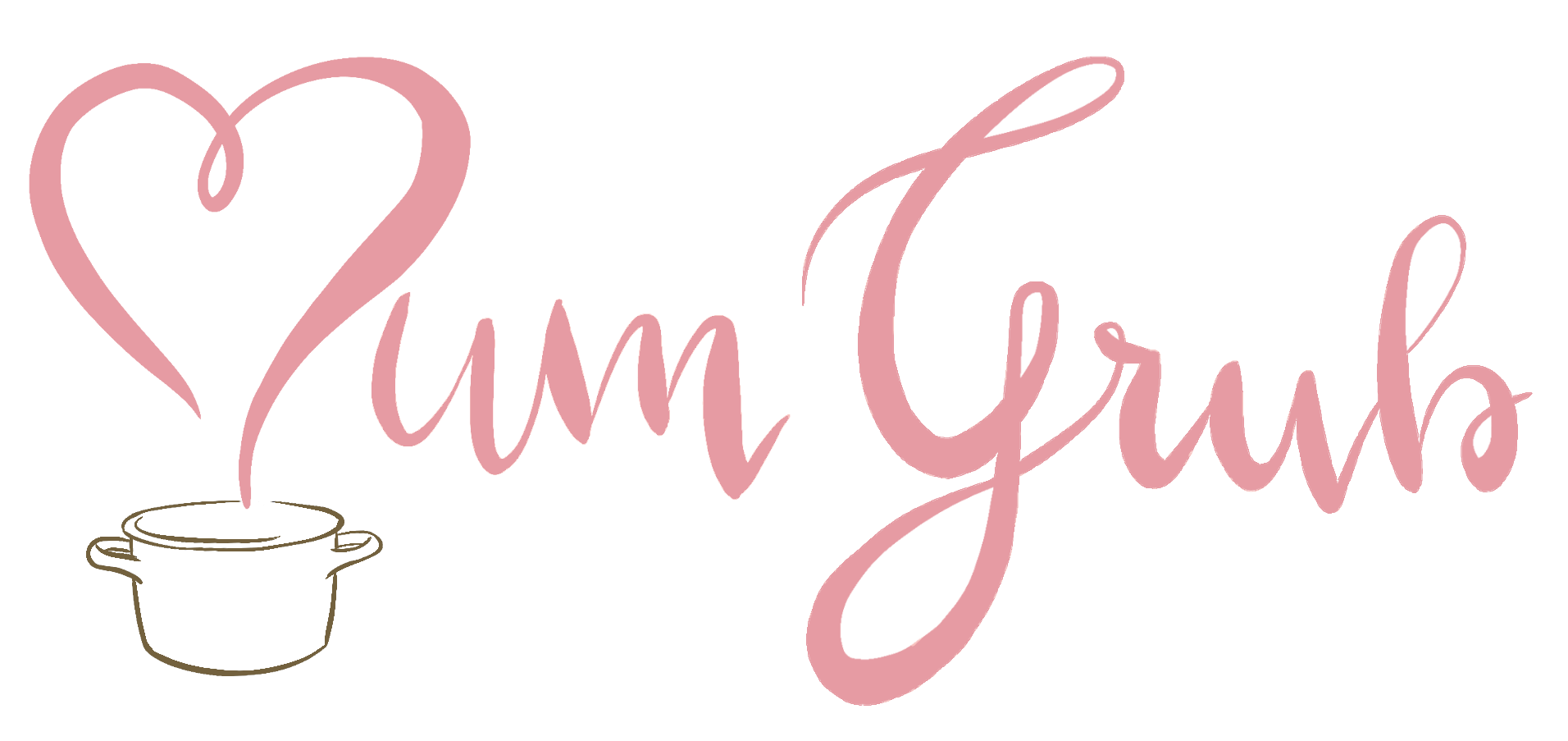Pickled Beets

Its fall and that means pickled beets! With a surplus of harvested vegetables and fruit every year and a desire for fresh wholesome food throughout the year, pickling or preserving is the way to go. Even though I don’t live on a farm (city girl here), I love to have farm fresh fruits and vegetables available all year round. My family and I love pickled anything and I don’t mind the task of pickling. Don’t fool yourself though, it is an arduous and messy process, but worth it in the end. I had a craving for fresh homemade Borscht last week and ended up with a huge pot and still had almost 10 lbs of beets left. I knew that I needed to do something with them (I hate food waste), so pickling them seemed the obvious choice. Also, we’re out of pickled beets! So my day started with one plan, and ended up going in a completely different direction than I had originally planned. They’re done now and I am happy with the result. If you would like the recipe for my borscht (beet soup) you can find it here.
This post may contain links to products, as an Amazon Associate I may earn from qualifying purchases with no additional cost to you.
Beets, with their vibrant color and earthy flavor, are not only a nutritious addition to your diet but also a versatile vegetable that can be enjoyed in various forms. One popular method of preserving the goodness of beets is pickling. Pickled beets make for a delicious and tangy addition to salads, sandwiches, or even as a standalone snack. I remember many times sticking a fork into a jar of pickled beets, just because I wanted some!
Although pickling is a simple yet time consuming process, there are some VERY IMPORTANT rules that must be adhered to to avoid spoiled product and the dreaded BOTULISM. The idea of having food on hand that is safe to eat while free from preservatives is getting more and more popular, so go ahead and give it a go. your kitchen will be a mess, but canning and knowing exactly what is in your food is so worth it!
When making the brine I use a non-reactive dutch oven. The one I have and love is this one.
The canning set that i have and recommend is also shown below. It makes getting the jars out of the pot so much easier and safer. As well as a large mouth funnel for filling your jars.
While pickling is a fantastic way to preserve and enjoy the flavors of your favorite vegetables, it’s crucial to be aware of potential risks associated with improper pickling practices. One of the most serious concerns is the development of botulism, a rare but potentially life-threatening form of food poisoning.
Safe Pickling Practices:
What is Botulism?
Botulism is a severe illness caused by a toxin produced by the bacterium Clostridium botulinum. This toxin is potent and can lead to paralysis, respiratory failure, and even death if not treated promptly. While the bacterium itself is commonly found in soil and water, it can thrive in environments with low oxygen levels, making improperly canned or preserved foods a potential breeding ground.
Botulism in Pickling:
The conditions that foster the growth of Clostridium botulinum are often present in home canning or pickling processes, especially when not done correctly. The bacterium can produce spores that, in low-acid environments, such as those found in improperly pickled vegetables, can germinate and produce the deadly toxin.
Here are key factors that contribute to the risk of botulism in pickling:
- Low Acid Levels: Botulism is more likely to occur in low-acid environments. Vegetables that are not properly acidified or pickled with a sufficiently acidic solution pose a higher risk.
- Improper Processing: Inadequate heat treatment during canning or pickling may not destroy the spores of Clostridium botulinum. This is particularly true in low-acid vegetables like beets, beans, and corn.
- Poor Sterilization: Failure to properly sterilize canning equipment, jars, and lids can introduce the bacterium into the pickling environment.
Prevention Measures:
To minimize the risk of botulism in pickled foods, adhere to these safety measures:
- Acidification: Ensure that the pickling solution is sufficiently acidic. Vinegar, a common pickling ingredient, is acidic and helps create an environment inhospitable to botulinum spores.
- Proper Sterilization: Sterilize all canning equipment, jars, and lids thoroughly before use. This can be done by boiling, using a dishwasher with a hot water cycle, or other methods recommended for sterilization.
- Follow Trusted Recipes: Use recipes from reputable sources, such as the USDA or reliable canning and pickling guides. These recipes are designed to ensure the correct balance of acidity and processing times to eliminate the risk of botulism.
- Water Bath Canning: If the recipe recommends it, process jars in a water bath canner to destroy any remaining bacteria or spores. Follow the specified processing times carefully.
- Inspect for Spoilage: Before consumption, inspect pickled foods for any signs of spoilage, such as off smells, discoloration, or unusual texture. Discard any jars that show signs of contamination.
Conclusion:
While the risk of botulism in pickling is relatively low, it is essential to approach the process with caution and adhere to recommended guidelines. By following proper pickling techniques, using trusted recipes, and maintaining a commitment to hygiene, you can enjoy the delicious rewards of homemade pickled vegetables while minimizing the risk of foodborne illnesses like botulism. Always prioritize safety in your preserving practices to ensure the health and well-being of yourself and those who enjoy your homemade pickles.
You can go to the website The National Center For Home Food Preservation for all of the facts you’ll need.
This is a tried and true tested recipe from the Blue Flame Kitchen, check it out there, Or alternatively, check out all the great recipes on the The National Center For Home Food Preservation
Pickled Beets: the recipe

Pickled Beets
Equipment
- 1 canning pot, or deep pot
- canning tongs
- 5-6 750 ml canning jars with lids *sterilized
Ingredients
- 8-10 lbs beets, washed and trimmed
- 6 cups Vinegar (pickling vingegar if available)
- 3 cups sugar
- 2 cups water
- 4 Tbsp pickling salt (do not substitute with anything except Kosher salt-with no additives) *see note below
- 4 Tbsp mixed pickling spices *tied into a sachet or cheesecloth
Instructions
- Clean and trim beets, leaving just a bit of stem
- In a pot of water, Cook beets until barely tender. Run under cold water until cool enough to handle.
- Peel and slice beets into 1/4 inch thick slices. The peel may just slide off, alternatively use a peeler.
- prepare pickling liquid, combine vinegar, sugar, water, salt and pickling spice in a nonreactive Dutch oven.
- Bring mixture to a boil; reduce heat and simmer 10 minutes. Add beets to liquid; return to a boil.
- Remove spice bag. Ladle beets and pickling liquid into hot sterilized pint jars, leaving 1/2 inch headspace.
- Remove air bubbles with a narrow rubber spatula or plastic knife. Add additional pickling liquid, if required, to maintain headspace.
- Wipe jar rims thoroughly with a clean damp cloth. Seal and process for 35 minutes in a boiling water bath.
- For altitudes higher than 3000 ft (914 m), add 5 minutes to processing time.
